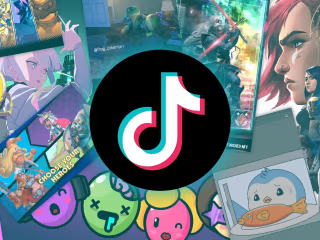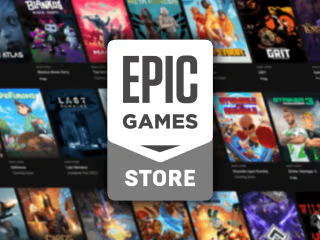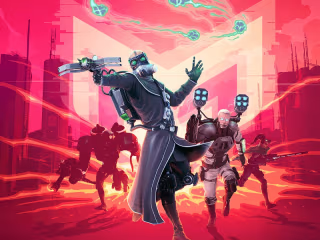The Future of Web3 Esports: Is There Hope on the Horizon?
The emergence of esports in the traditional gaming industry has not only brought about a substantial increase in revenue and popularity. Still, it has also influenced the design of games in recent years. Games like CS: GO, League of Legends, Dota, and others have not only thrived in the esports industry but have also contributed to its growth.
Given the significant impact of esports, there is potential for it to benefit Web3 gaming greatly. However, the question remains: is there a promising future ahead for this industry?
Web3 Has a Bad Rep in Esports
The reputation of Web3 in the esports industry is a significant factor to consider when evaluating its potential for success. It is crucial not to overlook the negative perception that Web3 currently holds in this space.
In November 2022, the massive crypto exchange FTX experienced a collapse, resulting in the loss of substantial user funds and the termination of numerous investments, partnerships, and deals. FTX had a significant $135 million, a 10-year contract with TSM, and a 7-year sponsorship agreement with Riot for logo placement during the League Championship Series.

Following the exchange's collapse, these esports partnerships naturally suffered. This event was a significant blow to the perception of crypto and gaming, undermining trust among esports companies and consumers within the industry. The question remains whether the industry can recover from this tarnished image, and only time will reveal the answer.
‘True’ Web3 Esports Is Minuscule
Axie Infinity stands as the largest Web3 game in terms of online viewership. However, it is crucial to note that the game's watch time represents less than 0.1% of the watch time garnered by CS:GO. When considering the scale of Web3 esports, it becomes evident that it is currently minuscule.
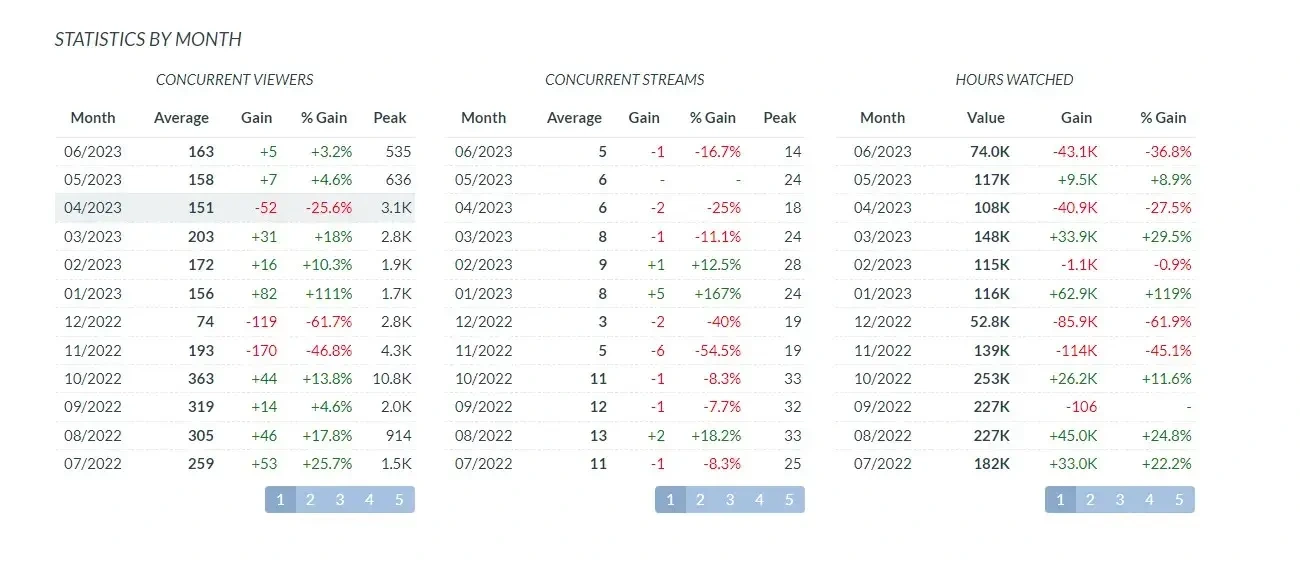
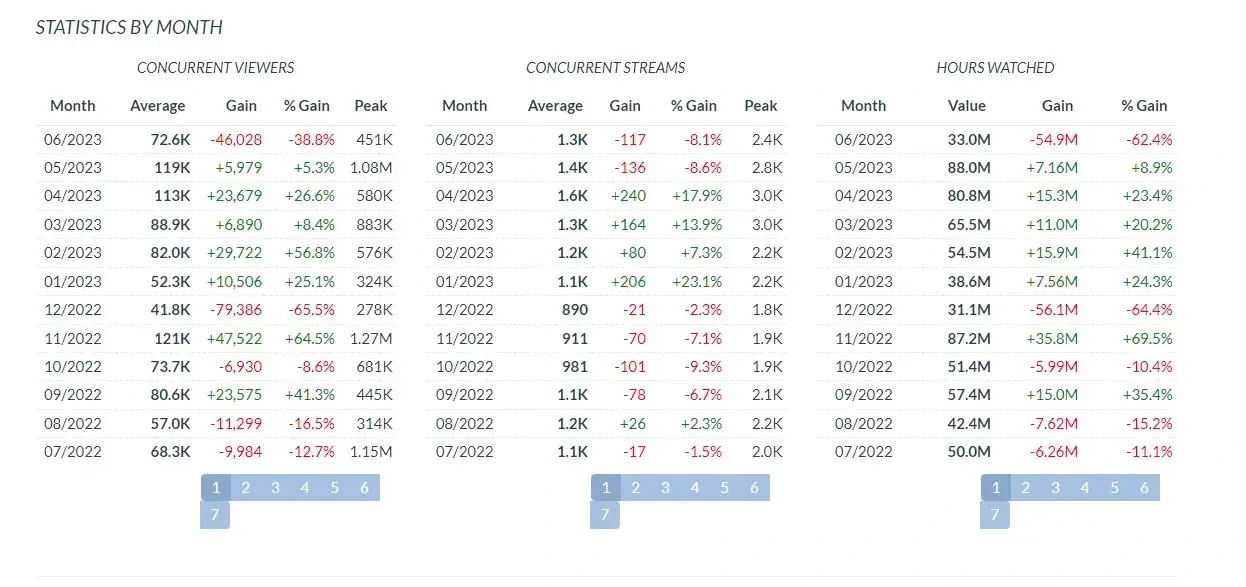
This stark contrast in viewership clearly indicates the industry's current size and underscores the long journey ahead toward achieving mainstream adoption. Building a robust esports scene and increasing online viewership will necessitate the development of better and more enjoyable games for spectators.
Conversely, the growth of esports can contribute to raising awareness and popularity of Web3 games. Being in the right place at the right time, with the right momentum from a significant gaming event, can propel Web3 games forward meaningfully.
Improving the Spectator Experience
In the pursuit of enhancing the spectator experience, despite the industry's current small size and negative reputation, intriguing use cases are being developed that have the potential to make viewing more engaging. Two standout games are leading the way in driving esports adoption.
Wildcard
Wildcard, with its messaging of being "just as fun to watch as it is to play," strongly emphasizes the esports angle. The game aims to elevate the spectator's role to an unprecedented level by gamifying the act of spectating. This could involve giving spectators ownership or incentives tied to what unfolds before them.

This approach enhances the viewer experience and empowers the creator economy by enabling creators to interact more directly with their fans. The network effects of creators driving awareness and engagement with Wildcard, driven by their stake in content creation, can lead to significant growth. Just imagine the collaboration between content creators and esports organizations to host large-scale online events, amplifying the game's reach and impact.
Deadrop
Another Web3 title with esports potential is Deadrop, developed by Midnight Society, a studio owned by the prominent internet personality Dr. Disrespect. In this extraction shooter, players who utilize NFT items face the possibility of winning big but risk losing their inventory upon death.
Particularly with high-value inventories, these mechanics create thrilling scenarios where success or failure can result in significant financial gains or losses. Experiences involving such financial stakes can attract a larger viewership.

Furthermore, Dr. Disrespect's influence in traditional gaming is substantial, as he has cultivated his online persona and built a strong brand within that space. If 'the Doc' can successfully extend his influence and redirect the attention of gamers towards Deadrop, it could have a profound impact on the success of this Web3 game and contribute to the growth of the Web3 gaming industry as a whole.
How Do Esports Teams Make Money?
While the potential for Web3 esports to gain widespread interest remains to be determined, the existing esports business model is undoubtedly flawed. Before delving into how Web3 can address these issues, it is essential to understand why the current model is broken.
Challenges in Generating Revenue
Revenue generation has been a significant challenge for esports. Despite the industry appearing to thrive, the reality is that the hype surrounding esports has waned over the past year. Investors' expectations of generating substantial new revenue have fallen short, resulting in venture capital slowly withdrawing its support.
Prominent organizations like TSM, Faze Clan, and 100 Thieves have had to downsize their operations, terminate positions, and relocate to lower-cost countries. Not to mention the stock exchange drama involving Faze Clan.
When venture capital injections falter, other revenue streams, such as prize money, sponsorships, and merchandising, struggle to sustain the business. Moreover, many sponsors have partnered with streamers, who can monetize viewer attention better than the esports industry.
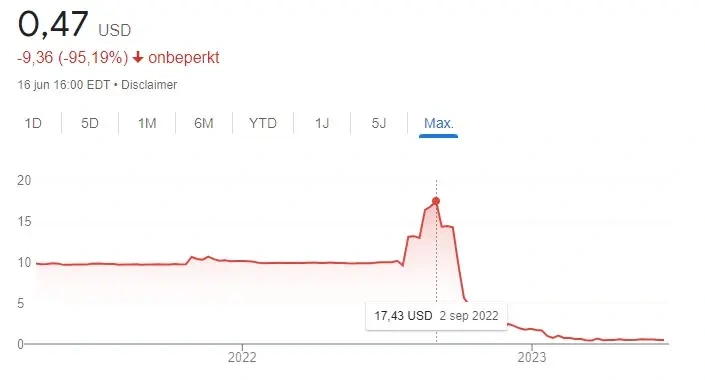
New Revenue Models and Payment Infrastructure
New revenue models and payment infrastructure offer potential solutions to the financial challenges faced by esports organizations. The alignment of incentives in Web3 opens up new avenues for generating revenue. For example, organizations can collaborate with esports personalities and influencers to promote game events and attract audiences, leveraging smarter affiliate systems. When all parties involved have a stake in the event's growth and benefit from increased viewership, there is a clear incentive to promote, actively creating a mutually beneficial situation.
Beyond affiliate systems, alternative forms of prizes can be introduced. Developers can offer valuable NFTs or tokens as rewards. These are cost-effective and hold high value for players. More events and tournaments can be organized by lowering the cost of appealing prize pools.
Moreover, NFTs can provide a strong incentive for viewers to participate. Like CS:GO rewards viewers with sticker capsules and event-specific cases during tournaments, NFTs can be distributed. These NFTs may include virtual autographs, cosmetics, event-specific items, or special gameplay moments. The distribution of NFT drops enables more users to engage with the Web3 layer of games, incentivizing in-game spending and increasing trading volume.

Additionally, using smart contracts for tournament payouts can address common issues such as delayed payments and lack of transparency in financing. By implementing prize pools based on smart contracts, fairness and transparency can be ensured, creating a more efficient and reliable payment system for players.
Overall, Web3 brings the potential for innovative revenue models, enhanced prize offerings, and improved payment infrastructure, which can significantly benefit the esports industry.
The Future?
The future of the esports industry lies in embracing the Web3 business model. While the viability of Web3 games is still uncertain, it is becoming increasingly clear that introducing Web3 infrastructure can benefit esports organizations. By adopting better revenue models and payment infrastructure, the industry can reduce its dependence on venture capital and discover new ways to engage and retain audiences.
Although the current size of the Web3 gaming industry presents challenges, exciting games are being developed that hold esports potential. However, it remains difficult for a Web3-native esports team to exist solely within the confines of Web3 games. Significant growth is necessary to establish this aspect of esports and enable teams that exclusively participate in Web3 games.
Like this project
Posted Jun 28, 2023
The Future of Web3 Esports: Is There Hope on the Horizon?
Likes
0
Views
5


